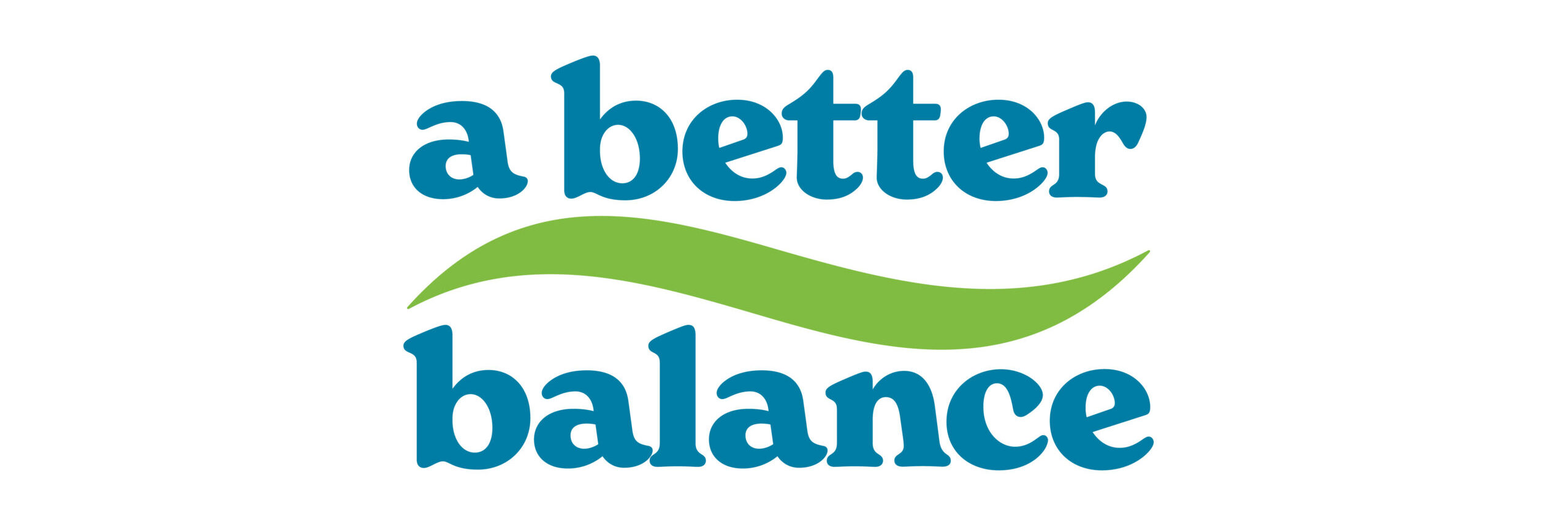Across the nation, workers are dealing with climbing temperatures. Extreme heat exposure, which disproportionately affects low-wage, immigrant, and workers of color, can lead to devastating health impacts including dehydration, fatigue, and heat exhaustion and stroke. These effects are further exacerbated by the lack of workplace protections in certain states, such as Texas and Florida, which are rolling back heat protections for workers, denying those toiling in the heat from basic needs such as water breaks and shaded areas.
A Better Balance is committed to protecting workers across the nation from unsafe working conditions, including exposure to extreme heat. To that end, we submitted a comment in support of OSHA’s proposed new standard on heat injury and illness prevention for indoor and outdoor work settings.
As more states across the country roll back heat protections for workers, especially in the South, a robust federal standard is all the more important. The proposed OSHA heat standard would ensure that workers have access to water and shade and create Heat Illness Prevention Plans (HIPPs), acclimatization and training for vulnerable populations, mandatory use of real-time heat index monitoring, and many other life-saving measures. Workers deserve the same level of protections regardless of the state boundaries within which they live, and a federal heat standard would ensure workers nationwide can protect their health on the job during extreme heat.
For pregnant workers in particular, who are more susceptible to dehydration and other heat illnesses, working in extreme heat is exponentially more dangerous and the need for strong heat regulations is crucial. Research over the past fifteen years demonstrates that increased exposure to heat threatens maternal and infant health, increasing chances of adverse pregnancy outcomes like preeclampsia, preterm birth, and even miscarriage or stillbirth. OSHA’s new proposed heat protection standard will work in conjunction with the Pregnant Workers Fairness Act (PWFA) to provide the most safety protections, such as timely access to reasonable accommodations, for pregnant and lactating workers, ensuring they can maintain their health, the health of their babies, and remain attached to the workforce.
OSHA’s proposed heat protection standard will improve the quality of working conditions across the country for millions of workers, and help reduce systemic barriers that keep pregnant workers and workers with serious health conditions from remaining healthy and on the job. This rule would be a monumental step towards prioritizing the health and safety of vulnerable workers and promoting the economic security of our country. We urge OSHA to finalize and publish the rule as soon as possible so that all workers can be protected without delay.





